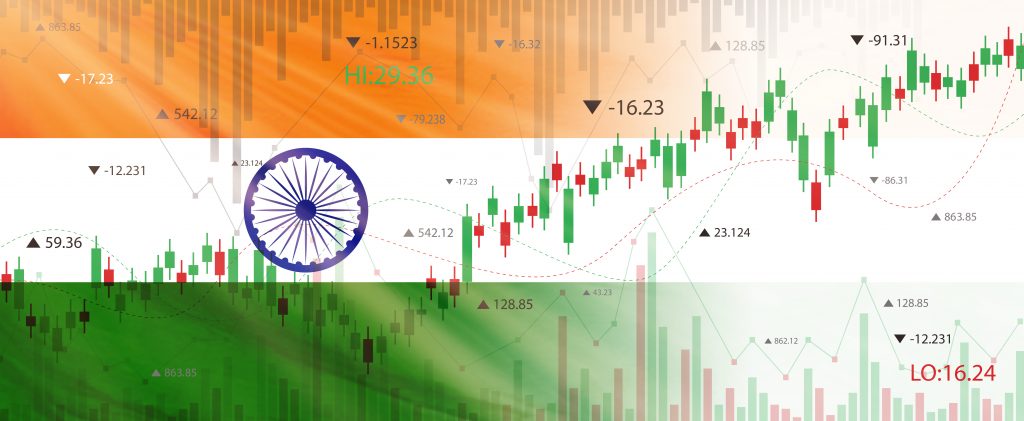
Introduction
India has emerged as a significant player in the global financial markets in recent years. With a growing economy, increased investor interest, and rapid technological advancements, the country is witnessing a surge in algorithmic trading.
What is Algorithmic Trading?
Algorithmic trading, also known as algo-trading, involves the use of computer programs to execute trades automatically based on predefined criteria. The algorithms used in these programs can be designed to analyze market data, track trends, and identify trading opportunities in real-time. This approach allows traders to make quick and precise decisions, resulting in increased efficiency and profitability.
Why is Algorithmic Trading Growing in India?
There are a number of factors driving the growth of algorithmic trading in India, including:
- The increasing availability of technology and infrastructure. With the expansion of high-speed internet, the rise of cloud computing, and the widespread use of mobile devices, traders can access real-time market data and execute trades from anywhere in the world.
- The regulatory environment. The Securities and Exchange Board of India (SEBI) has been proactive in promoting the use of technology in trading and has introduced several measures to facilitate algorithmic trading. For instance, SEBI has allowed direct market access (DMA) to investors, which enables them to place orders directly on the exchange’s trading platform.
- The benefits of algorithmic trading. Algorithmic trading offers a number of benefits for traders and investors, including:
- Elimination of human bias and emotions. Algorithmic trading eliminates human bias and emotions from the trading process, leading to more objective decision-making.
- Increased efficiency and profitability. Algorithmic trading enables traders to execute trades at a faster pace and with greater accuracy, resulting in improved efficiency and profitability.
- Access to a wider range of financial instruments and markets. Algorithmic trading provides investors with access to a wider range of financial instruments and markets, which can help diversify their portfolios and reduce risks.
The Challenges of Algorithmic Trading
Despite the potential benefits, algorithmic trading in India is not without its challenges. Some of the key challenges include:
- The lack of skilled manpower. The lack of skilled manpower in India is a major challenge for the growth of algorithmic trading. The country needs to invest in training and education to develop a skilled workforce in this area.
- The high cost of implementation. The high cost of implementing algorithmic trading systems is another challenge for small traders and investors. The government can help address this challenge by providing subsidies and tax breaks to encourage the adoption of algorithmic trading.
- The risk of market manipulation and systemic risks. The use of algorithmic trading can also increase the risk of market manipulation and systemic risks, which need to be carefully monitored and regulated. The government can help address this challenge by strengthening the regulatory framework for algorithmic trading.
Conclusion
Algorithmic trading is a promising area with significant potential in India. As technology continues to evolve and infrastructure becomes more accessible, the use of algorithmic trading is likely to increase, leading to improved efficiency and profitability for traders and investors alike. However, it is important to ensure that the regulatory framework keeps pace with the rapid changes in technology and addresses the potential risks associated with algorithmic trading.

Leave a Reply